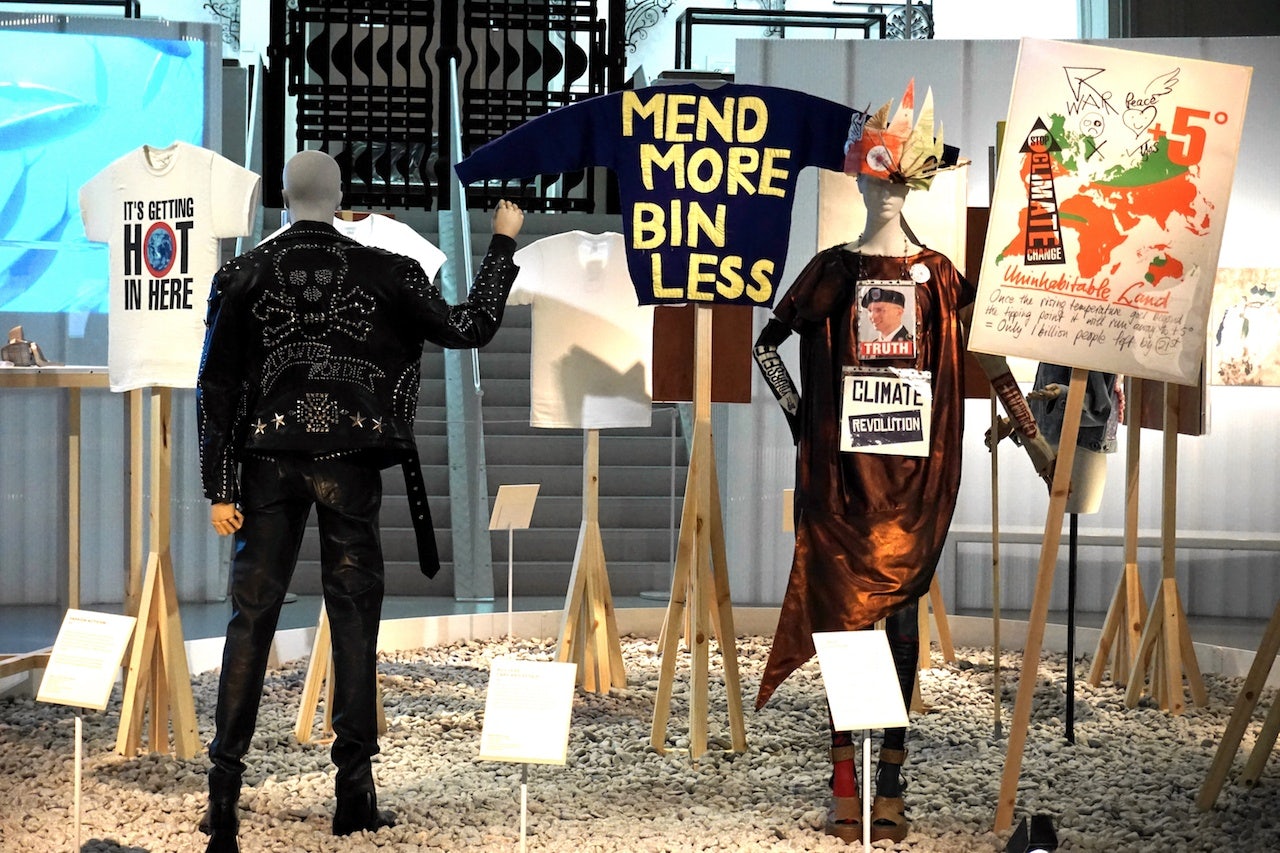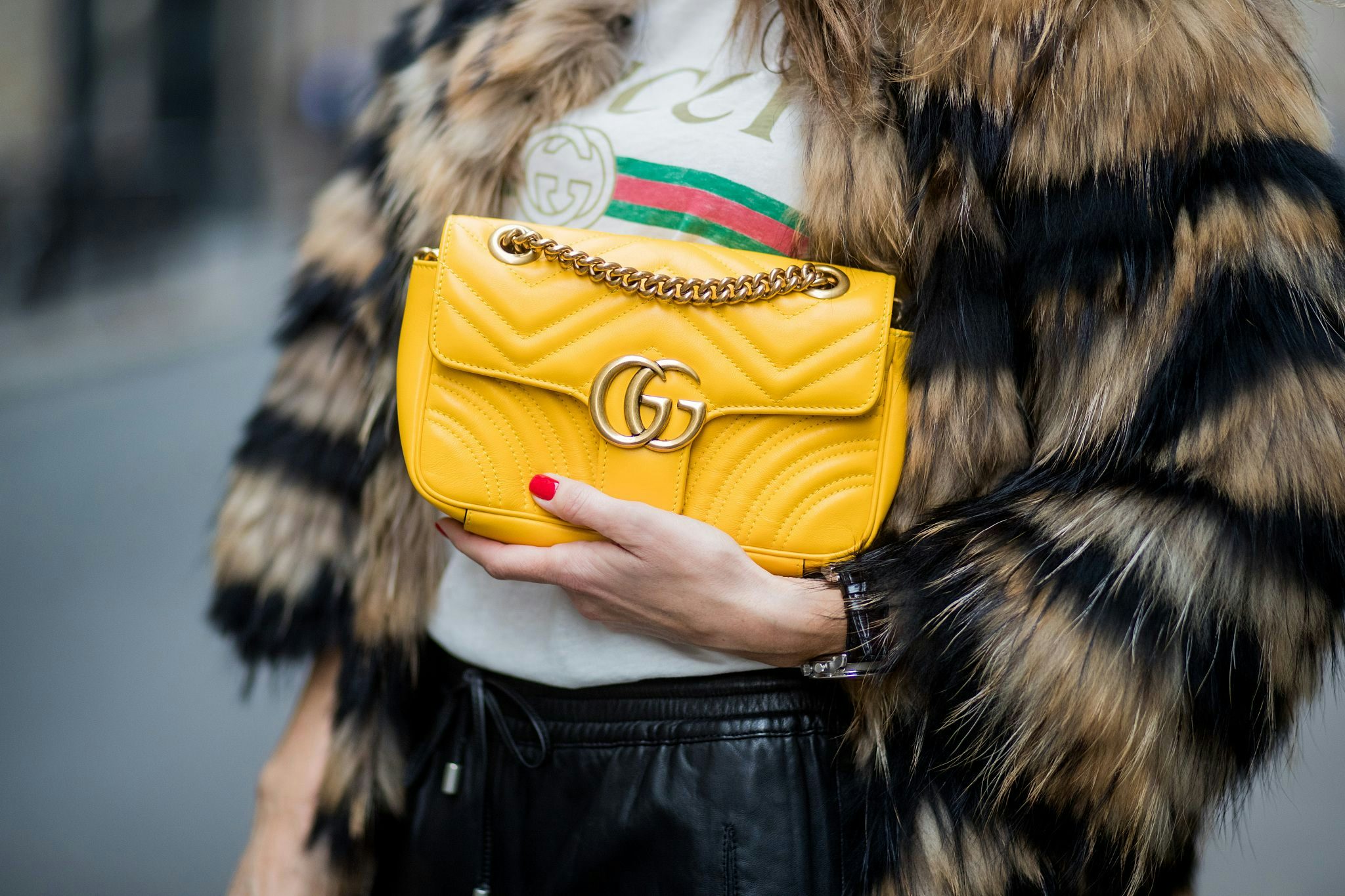Fashion is one of the most wasteful industries. Last year, the British luxury brand Burberry allegedly burned more than 37.6 million of its own unsold merchandise to prevent it from being sold at bargain basement prices. This practice, apparently common in the fashion industry, has spurred criticism from not only shareholders, but also from consumers worried about the environmental impact of this practice and others in the fashion industry. Now, the topic of sustainability is reaching a new height, with many luxury brands, such as Stella McCartney, Gucci, and Hermès issuing “sustainability” statements, announcing their stand for this approach loud and clear.
But what exactly is sustainable fashion? As much as it has become a buzz word throughout the industry today, there seems to be a gap between what consumers think it is what business actually need to do to make it happen. According to a report commissioned by the financial services corporation ING, entitled, ‘From Sustainability to Business Value Finance,’ the top three reasons for implementing sustainability targets in business today are driven by the desire to grow revenue (39%), reduce costs (35%), and/or protect their brand (30%). While consumers choose to buy sustainable goods primarily for “safety and health” reason, according to a report released by the China Chain Store & Franchise Association (CCFA), in August last year, “environmental protection” and “quality” reasons closely followed. But still, consumers hold on to the stereotypes against sustainable fashion (for better or worse), including the use of recyclable material, fair trade, and banning child labor. So buying sustainable products for some fits their altruistic needs — at face value, it’s a trophy choice.
So is the problem to greener fashion a matter of educating consumers — of letting them know true sustainability comes with a price? Well, it depends. “Consumers don’t get to see the manufacture enough, that’s not just in China, but at the global scale,” claims Janice Wang, CEO of apparel business & product development consulting firm Alvanon. That’s why consumers are skeptical about paying a higher price for sustainable labels, “even if they see it, whether the claim is real or not is still up to debate.”
For some brands, it depends on how much, or what kind of information they are willing to share with their customers. The luxury conglomerate Kering’s push for transparency in China resulted in them creating a Mini Program, “My EP&L,” which allows users to calculate the environmental “profit and loss” of their purchases in general (or a ‘moral score,’ if you may). Ideally, consumers can make more informed purchasing decisions based on a score that is broken down by the materials, the sourcing of materials, and the manufacturing region of a product. However, whether consumers are actively using the program to make ethical choices is yet to be examined. And would they really purchase something based on how high of an environmental-friendly score they can get? The answer is unknown.
Some, especially the younger generations, even question whether or not they should contribute to environmental problems by constantly buying new clothes. Many now opt to shop at second-hand stores or at rental fashion shops and apps. This may be bad news for the industry whose under pressure to sell, but deep down, both business and consumers’ intentions seem to be increasingly aligned — that is to maximize the value of fashion products we wear and are produced.
It’s a balancing act of supply and demand, argued Wang, who is the third generation of a family rooted in the apparel industry, in Hong Kong. “The problem never comes from the manufacturer side, they are extremely waste-conscious,” she says. Instead, the problem happens in the planning side — on how to best design and sell to the market. Wang’s company believes sizing is an important step to make this process more efficient, by creating an understanding of pattern making and garment production to help brands, designers, and retailers ensure their products achieve the best possible fit. (The company has recently published a report advocating that profit can coexist well with a social and environmental impact.)
Educating consumers doesn’t happen overnight, to be sure, but adjusting supply and demand to plan for little or no unsold goods can also be managed. Luxury brands may have the privileges and resources to grant consumers the “trophy,” by charging a premium price for sustainable goods, which leaves a great deal of margin to exploit. But for fast fashion, or even accessible luxury, this might be harder to accomplish. Nevertheless, sustainability requires both businesses and consumers to call for a conscious choice before they produce or purchase, sometimes less could mean more.

